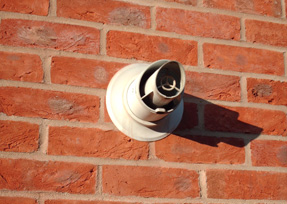What is flue gas?
Flue gas refers to the exhaust gas released through a flue, or a pipe that releases gases from fireplaces, ovens, furnaces etc. Flue gas is generally treated to remove pollutants before being released into the atmosphere. However, flue gas can be an important source of heat energy.
Why flue gas?
Flue gas constitutes a source of high grade heat. Heat from flue gas can be used as energy to run industrial processes. It can also be used to increase the amount of heat generated by lower grade sources of heat. Utilization of waste heat from flue gas has significant environmental benefits.
What are the concerns related to heat recovery from flue gas?
Heat recovery from flue gas poses a few queries as follows:
Quality of the flue gas:
The flue gas used for heating purposes should be free from harmful contaminants and particulates, which may pose problems in handling or in quality of the work.
Making heat recovery viable:
The primary process to recover flue gases must be maintained at a temperature at least 200 deg F higher than the secondary processes. This is necessary to obtain an adequate amount of energy to make the heat recovery worthwhile.
Preventing corrosion due to acidic content of flue gas:
If allowed to cool below a certain temperature, the water content in flue gas will condense. The chemical content of flue gas often includes acids. In this case, allowing flue gas to cool below the point where condensation occurs could result in the formation of acids. These acids could corrode machinery that is used in the heat recovery process. To avoid this from happening, it is important that the heat recovery process does not permit condensation.
Maintaining air quality concentrations standards:
The buoyancy of flue gas is a significant concern. The temperature needs to be maintained to confirm to air quality standards for the ground level concentration of ingredients such as NO (nitrous oxides) and SOx (sulfur oxides).










